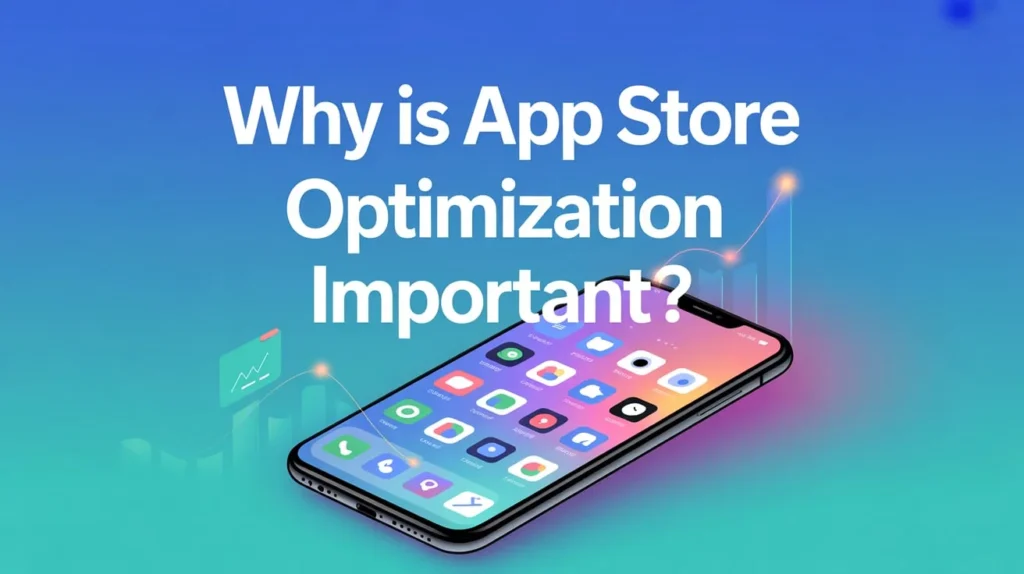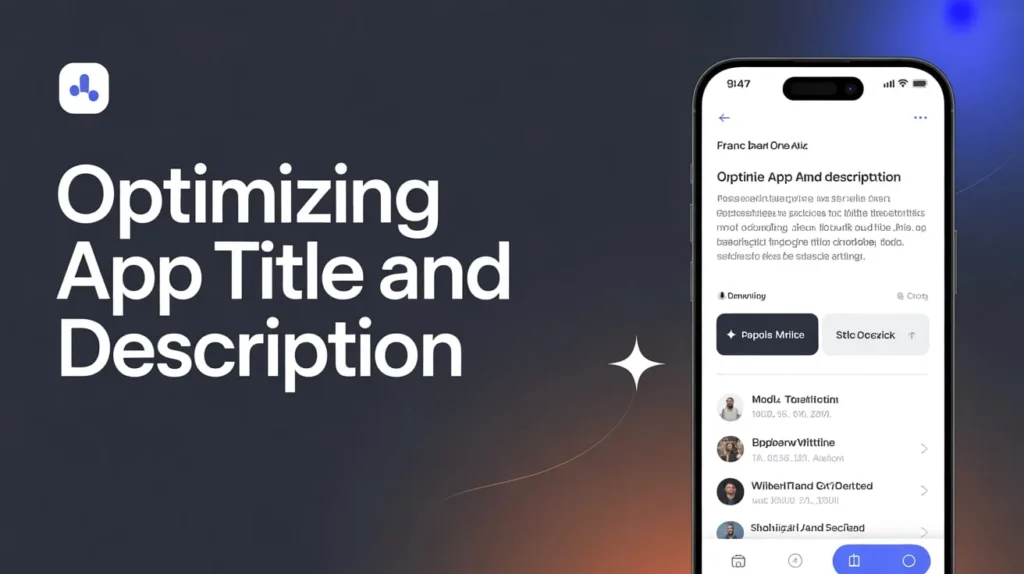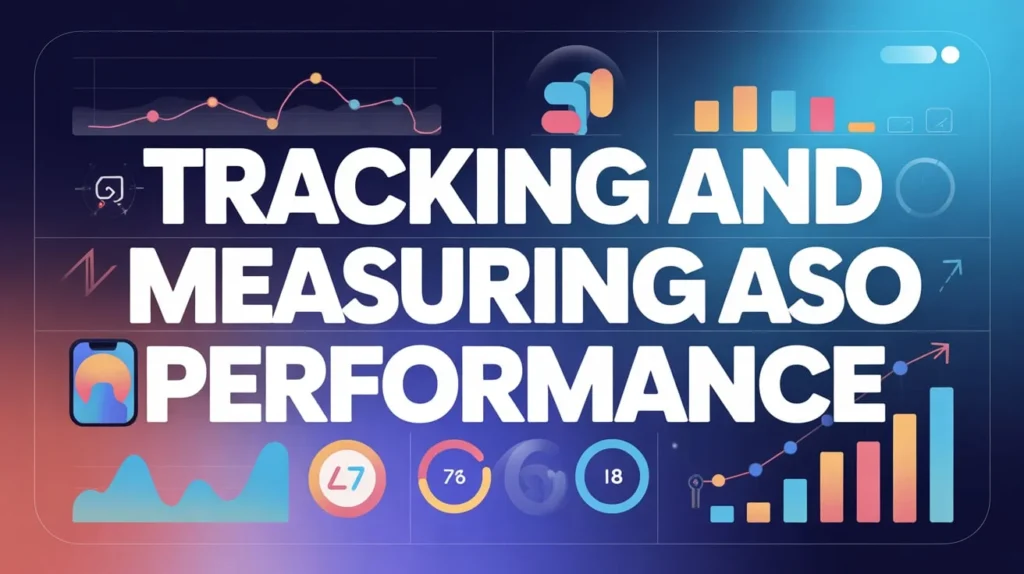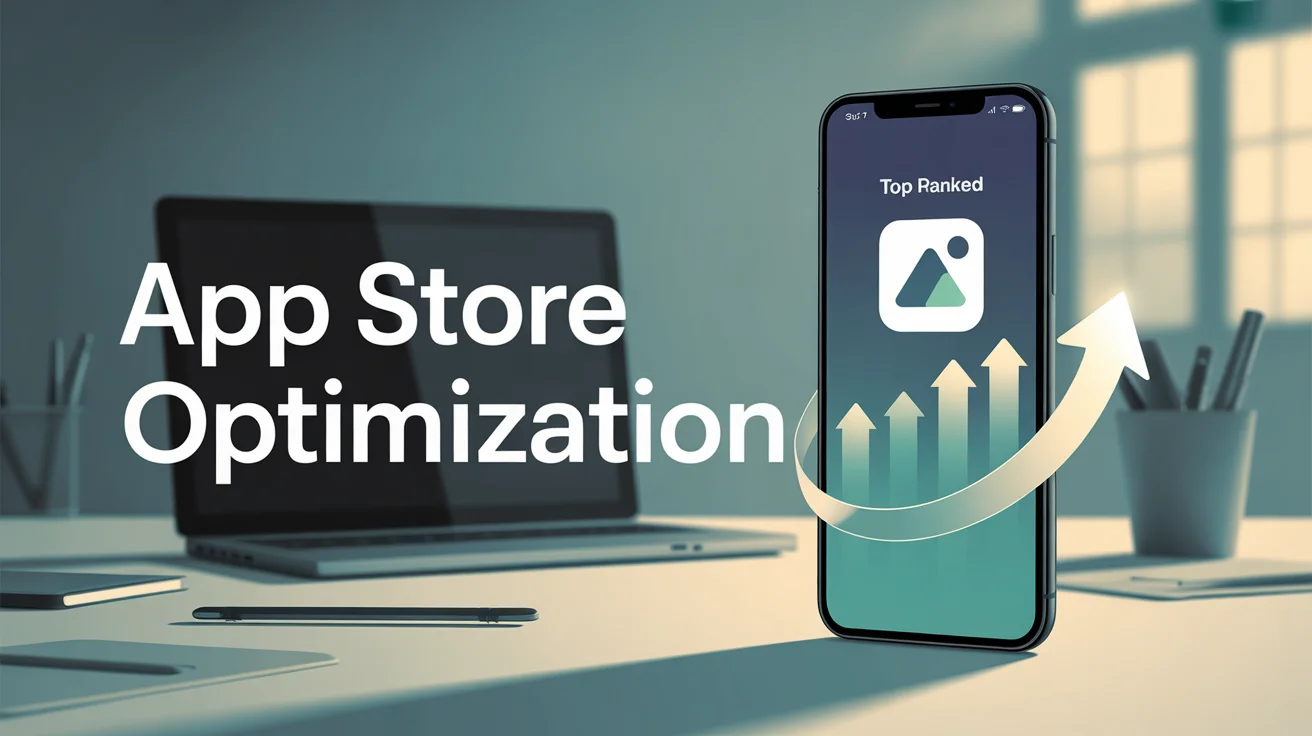In today’s mobile-first world, having a great app isn’t enough—you need people to actually find and download it. That’s where App Store Optimization (ASO) comes in. ASO is the process of improving your app’s visibility in platforms like the Apple App Store and Google Play Store, ensuring it ranks higher in search results and attracts more users. Just like SEO helps websites rank in Google, ASO makes your app stand out from millions of competitors. If you want to increase downloads, improve user engagement, and boost revenue, mastering app store optimization strategies is the key.
What Is App Store Optimization?
App Store Optimization (ASO) is the practice of enhancing an app’s listing in the app marketplace to increase its discoverability. It involves optimizing app titles, descriptions, keywords, visuals, and reviews so that users can find and download the app more easily.
Simply put, ASO = SEO for mobile apps.
Primary Goal: Increase organic installs by making your app more visible. Secondary Goal: Improve app reputation through ratings, reviews, and user retention.
Why Is App Store Optimization Important?

Millions of apps compete for attention. Without ASO, your app risks being buried deep in the store. Here’s why ASO matters:
- Boosts visibility: Helps your app appear in top search results.
- Drives organic downloads: Saves money compared to paid ads.
- Improves conversion rate: Users are more likely to download a well-optimized app.
- Increases revenue: More downloads = more monetization opportunities.
Fact: According to Statista, 65% of downloads come from app store searches. That means if you ignore ASO, you’re missing out on the majority of potential users.
Key Elements of App Store Optimization
Here are the most important factors that directly affect app ranking:
ASO ElementWhy It MattersApp Title & SubtitleKeywords in the title improve ranking and grab user attention.App DescriptionExplains features and benefits, boosting conversions.KeywordsTargeted keywords drive organic traffic.App IconFirst impression—must be attractive and unique.Screenshots & VideosShowcase app functionality, increasing user trust.Ratings & ReviewsSocial proof that impacts ranking and credibility.App UpdatesFrequent updates signal reliability and improve user retention.
Keyword Optimization for ASO
Keywords are the backbone of ASO. Just like SEO, keyword research ensures your app ranks for terms your audience is searching for.
Tips for Keyword Optimization:
- Use tools like App Radar, Sensor Tower, or Mobile Action.
- Place main keywords in your title and subtitle.
- Don’t stuff keywords—use them naturally.
- Update keywords regularly based on trends.
Example: Instead of naming an app “Focus,” call it “Focus Timer – Productivity & Study Tracker.” This way, you target multiple relevant keywords.
Optimizing App Title and Description

Your app title is the most powerful ASO element. It should be clear, keyword-rich, and memorable.
- Best Practice: Keep it under 30 characters (Apple) and 50 characters (Google).
- Subtitle (Apple): Use it for secondary keywords.
- Description: Focus on benefits, not just features. Use bullet points, short paragraphs, and highlight what makes your app unique.
Formula for Success: App Title = Main Keyword + Brand/Unique Value
Example:
- “Calm – Sleep, Meditate, Relax”
- “Headspace: Mindful Meditation”
Visual Optimization: Icons, Screenshots, and Videos
A great app with a poor visual presentation won’t convert.
- App Icon: Simple, unique, and instantly recognizable.
- Screenshots: Use captions to highlight key features. Add lifestyle images to show real-world use.
- Preview Video: Demonstrates the app in action—apps with videos see up to 30% more downloads.
Ratings and Reviews
User reviews are critical for ASO. Apps with higher ratings rank better and attract more downloads.
How to Improve Reviews:
- Encourage happy users to leave feedback.
- Respond to negative reviews politely and solve issues.
- Release updates that fix bugs users mention.
The Role of App Localization in ASO
Localization means adapting your app listing for different languages and regions.
Why It Matters:
- Expands your global reach.
- Increases downloads in non-English markets.
Example: A fitness app in English may not perform as well in Spain unless the title, description, and screenshots are localized in Spanish.
Tracking and Measuring ASO Performance

You can’t improve what you don’t measure.
Key Metrics to Track:
- Keyword Rankings – Are you ranking higher for targeted keywords?
- Conversion Rate (CVR) – How many visitors download your app?
- Daily Active Users (DAU) – Measures engagement.
- Retention Rate – How many users stick around after download?
Tools like App Annie, Sensor Tower, and Google Firebase help track performance.
Common Mistakes to Avoid in ASO
- Keyword stuffing – Makes your listing look spammy.
- Ignoring visuals – Poor icons/screenshots lower conversion.
- Not updating regularly – Outdated apps lose ranking.
- Focusing only on downloads – Engagement and retention matter too.
- Ignoring localization – Limits your app’s global growth.
ASO vs SEO: Key Differences
FeatureASO (App Store Optimization)SEO (Search Engine Optimization)PlatformApp Stores (Google Play, Apple App Store)Search Engines (Google, Bing)GoalIncrease app downloadsIncrease website trafficRanking FactorsTitle, description, keywords, ratings, reviews, visualsContent, backlinks, keywords, technical SEOConversion MetricApp installsWebsite visits, leads, sales
Both are vital, but if you’re building an app, ASO is your best friend.
Advanced ASO Strategies
- A/B Testing: Experiment with different titles, icons, or screenshots.
- Leverage Paid Campaigns: Use Apple Search Ads or Google Ads to complement ASO.
- Deep Linking: Direct users to specific app screens after download.
- Focus on Retention: Push notifications and in-app rewards keep users active.
Future of App Store Optimization
With AI and machine learning, app stores are becoming smarter. Personalized recommendations, voice search, and AR features are shaping how users discover apps.
Trends to Watch:
- AI-driven keyword research.
- Voice search optimization.
- App clips and instant trials before downloading.
FAQs About App Store Optimization
Q1: How long does it take to see ASO results? Usually 4–6 weeks, depending on competition and updates.
Q2: Can ASO replace paid advertising? No, but it reduces reliance on ads by driving organic installs.
Q3: Which app store is harder to optimize for? Apple App Store is stricter, but both need ongoing ASO strategies.
Q4: Do app reviews really affect rankings? Yes—ratings and reviews directly influence app store algorithms.
Q5: How often should I update my app for ASO? Ideally every 3–4 weeks with bug fixes, improvements, or new features.
Conclusion
App Store Optimization is no longer optional—it’s a must-have strategy for every app developer and marketer. With millions of apps competing, ASO helps your app stand out, attract downloads, and build a loyal user base. By focusing on keywords, visuals, ratings, localization, and continuous updates, you can boost your app’s visibility and success.
Remember, ASO is not a one-time task—it’s an ongoing process. If you’re serious about growing your app, start optimizing today and watch your downloads soar.


